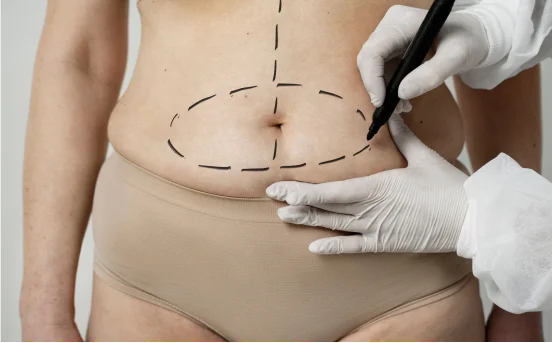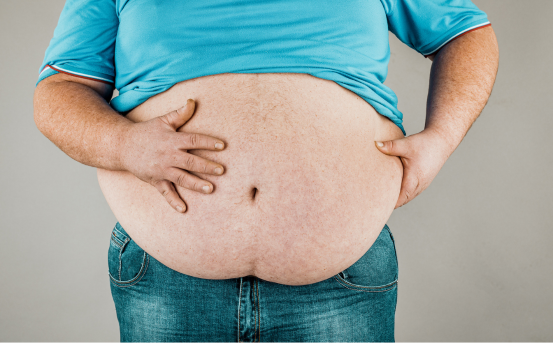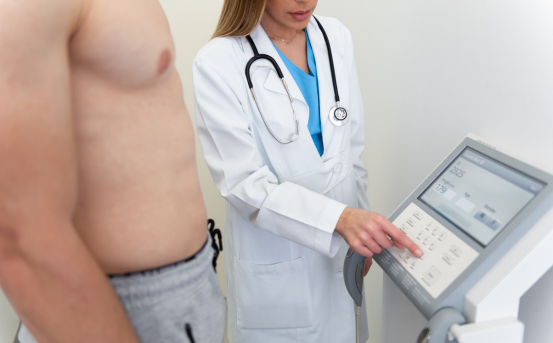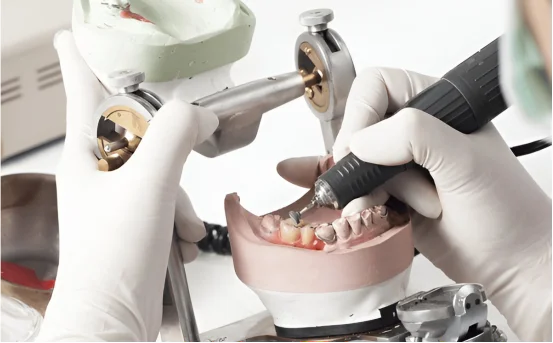What is liposculpture, it is a modern, refined version of traditional liposuction. It’s not just about fat removal it’s about precision, balance, and aesthetics. By selectively removing or redistributing fat, liposculpture can enhance natural muscle definition, improve body symmetry, and deliver a more athletic, toned appearance.
In the pursuit of a perfectly contoured body, modern plastic surgery offers numerous procedures tailored to individual goals. One such advanced body contouring treatment is liposculpture. Often confused with traditional liposuction, liposculpture is a more refined technique focused not just on fat removal but on body reshaping and sculpting.
What is Liposculpture?
Liposculpture is a minimally invasive cosmetic surgical procedure designed to remove unwanted fat and enhance the natural contours of the body. Unlike traditional liposuction, which focuses on large-volume fat removal, liposculpture is more precise. It targets smaller fat deposits to sculpt the body more artistically, helping patients achieve a more toned and athletic appearance.
This technique is often referred to as high-definition liposuction or 3D liposuction, depending on the method used and the areas treated.
Who is a Good Candidate for Liposculpture?
Not everyone is a good candidate for liposculpture. Ideal candidates include :-
-
Individuals at or near their ideal body weight
-
People with firm, elastic skin
-
Those with localized fat deposits resistant to diet and exercise
-
Individuals seeking enhanced muscle definition
-
Non-smokers with no serious underlying health issues
-
Patients with realistic expectations
Liposculpture is not a weight-loss solution, but rather a body contouring enhancement.
Common Areas Treated with Liposculpture
Liposculpture can be performed on several areas where fat tends to accumulate :-
-
Abdomen
-
Flanks (love handles)
-
Thighs (inner and outer)
-
Arms
-
Chin and neck
-
Back
-
Chest (especially for male chest sculpting)
-
Buttocks (for contouring or Brazilian butt lift with fat transfer)
Some patients also opt for full-body liposculpture, depending on the goals and surgeon’s recommendations.
Types of Liposculpture Techniques
Liposculpture can be performed using several advanced techniques. The most common ones include :-
- Tumescent Liposculpture :- This involves injecting a saline solution with anesthetic and epinephrine into the treatment area to reduce bleeding and make fat removal easier.
- Ultrasound-Assisted Liposculpture (UAL) :- Also known as VASER liposculpture, this technique uses ultrasound waves to liquefy fat, allowing for more precise removal and improved sculpting.
- Laser-Assisted Liposculpture :- Also known as SmartLipo, this method uses laser energy to melt fat and stimulate collagen production, leading to tighter skin.
The Liposculpture Procedure: Step-by-Step
Here’s what typically happens during a liposculpture session :-
- Consultation and Planning :- The surgeon evaluates your health, discusses your aesthetic goals, and marks areas to be sculpted. You’ll receive pre-op instructions and discuss anesthesia options.
- Anesthesia :- Depending on the extent of the procedure, local anesthesia with sedation or general anesthesia is used.
- Fat Removal and Sculpting :- Tiny incisions (usually < 5 mm) are made, and a thin cannula is inserted. The chosen technique (tumescent, ultrasound, or laser) is used to break down and remove fat.
- The surgeon meticulously sculpts the body, often enhancing natural muscle lines (e.g., in the abdomen or arms).
- Closing Incisions and Recovery :- The incisions are closed or left open to drain fluid. Compression garments are applied to reduce swelling.
Liposculpture Recovery Timeline
Recovery after liposculpture is generally faster compared to traditional liposuction due to the less invasive nature of the procedure.
- Immediate Post-Op (1–3 Days)
-
Swelling and bruising are common
-
Compression garments must be worn
-
Mild discomfort manageable with pain meds
- First Week
-
Most patients can resume light activities
-
Drainage may continue from incision sites
- 2–4 Weeks
-
Noticeable reduction in swelling
-
You can resume most normal activities and light exercise
- 1–3 Months
-
Final results begin to emerge
-
Muscle definition becomes more visible
-
Skin tightens, especially if laser-assisted liposculpture was performed
- 6 Months
-
Full results are typically achieved
-
Any residual swelling resolves
Your surgeon will provide detailed post-op instructions to optimize healing and results.
Benefits of Liposculpture
Liposculpture offers numerous cosmetic and psychological benefits :-
-
Enhanced body contour and muscle definition
-
Minimally invasive with small scars
-
Natural-looking results
-
Improved self-confidence and body image
-
Permanent fat removal (with stable weight)
-
Can be combined with fat transfer for buttocks or breast enhancement
Risks and Side Effects of Liposculpture
As with any surgical procedure, there are risks involved. While liposculpture is generally safe in the hands of a skilled surgeon, potential side effects include :-
-
Swelling, bruising, and discomfort
-
Infection or bleeding
-
Asymmetry or contour irregularities
-
Skin discoloration or dimpling
-
Numbness in treated areas
-
Fluid accumulation (seromas)
Choosing a board-certified plastic surgeon with liposculpture experience is crucial to minimizing complications.
How Long Do Liposculpture Results Last?
Liposculpture results are generally long-lasting if you maintain a stable weight and healthy lifestyle. Fat cells removed during the procedure don’t grow back. However, remaining fat cells can still enlarge with weight gain.
Regular exercise, a balanced diet, and avoiding significant weight fluctuations are key to maintaining your sculpted results.
Conclusion
Liposculpture is an excellent choice for those seeking refined body shaping, especially when stubborn fat doesn’t respond to exercise or diet. It’s not about drastic fat removal but about enhancing your natural shape and muscle tone for a fitter, more sculpted look.























